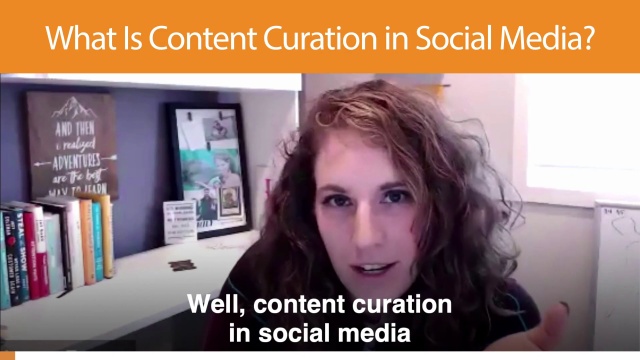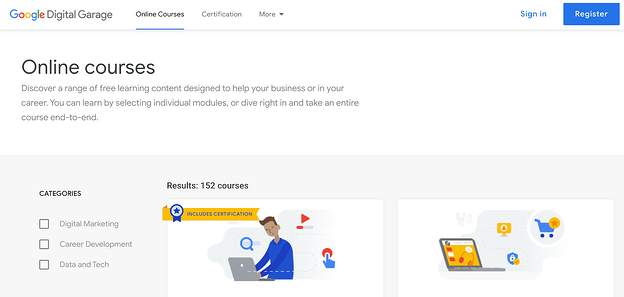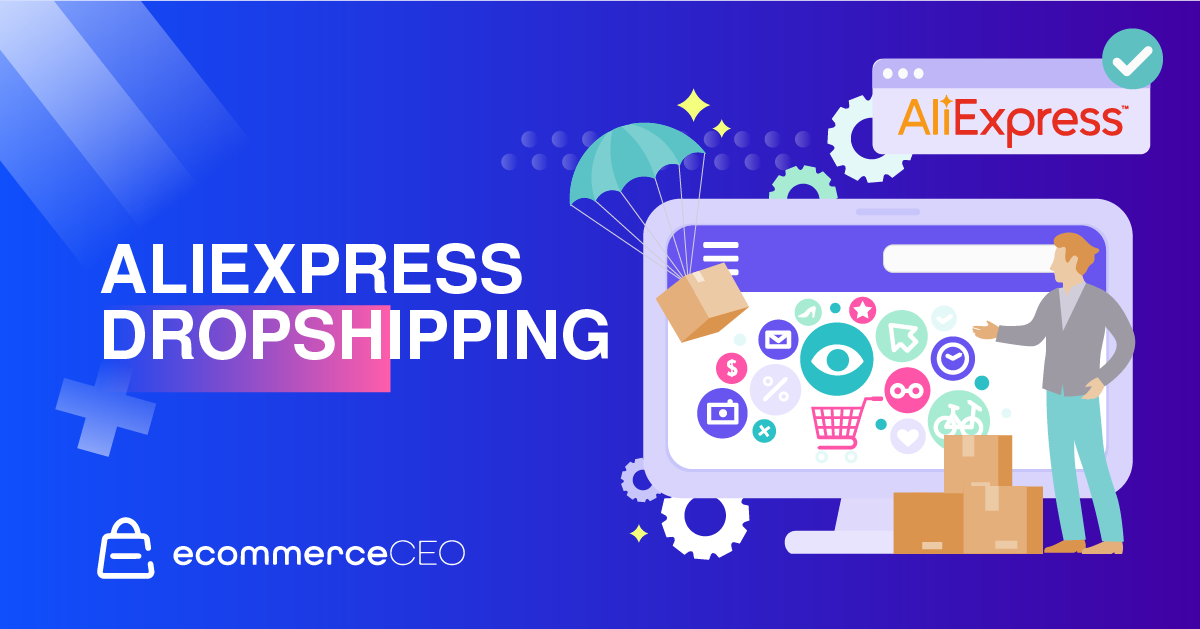
You have now decided to develop your own digital marketing strategy. What's next? What's next? This article will help you navigate the different steps, starting with choosing your channel and researching your audience. This article will also help you to create a customer path and split test a strategy. You'll then be able to determine if the new strategy is effective for your brand. If not, you're not alone. There are many other businesses who have had the same question: "How do I start a digital marketing strategy?"
Researching your audience
You must research your audience before you can create a digital advertising strategy. You can accomplish this by conducting quantitative research. This involves taking a survey of a large group and generating statistical findings. For example, if you want to create an email campaign for a specific audience, you need to identify their interests and pain points. Similarly, you can look at their purchase history to determine their purchasing behavior. Then you can tailor your marketing message for the right audience segment.
A successful digital marketing strategy requires you to get to know your audience. You won't be able to see their needs and desires without research. Luckily, research can help you identify those issues and develop personalized content for them. You can also predict their needs, which will help you become more efficient in your marketing. Here are some suggestions for researching your audience.
Interviews: To understand your audience better, you can conduct surveys. Interviews can be conducted with customers, published customer reviews on social media and sent to existing customers. These surveys will provide valuable insights into the personality of your audience. You can then create your digital marketing strategy. It's important to research your audience, but it is equally essential to create a compelling campaign. This will enable you to reach your audience and increase sales.
Segmentation: This allows you to target your audience by understanding their lifestyle and preferences. Moreover, segmentation will help you create a stronger message and engage with them in a more personal way. Adidas sent a separate email for women while the clothing label categorised their audience by gender. Customers tend to buy jeans, and so a survey asking them for their opinions on the retailer would return an average score 8/10.
Choose your channels
Promoting your product or service through digital channels is an important aspect. Your goals, competition and budget will all influence your choice. Different channels have different results, so choose wisely and decide what works best for you. Which channels you use will affect the content and format of the ads you share with your target audience. Content marketing is still the king and most relevant form of marketing. But if you want reach your audience, you need to use this technology.

The goals of the business will dictate which channel you choose to use. You should determine your long-term as well as short-term goals. Your long-term goal might be to increase revenue by 20% within the next two years. While your short-term goal might have you generating 400 sales qualified leads in six months or increasing website traffic to 70% by eight months, a shorter-term goal might be to increase revenue by 20% by 2020. It is crucial to understand your short-term, long-term and ultimate goals so you can choose the right channels for you.
Make sure you analyze each channel's effectiveness before you decide which channels are best. Each channel has its own strengths and weaknesses, freedoms and limitations. You should identify the content type and costs you will require for each channel. You should make sure you have all of your budget available before you begin using new channels as part of your digital marketing strategy. Facebook and Twitter are the best channels to generate buzz.
Creating a customer journey
A customer journey map is one of the most crucial elements of a digital marketing strategy. These maps depict the journey a customer takes to get from decision making to taking action. A customer journey map can be used for many purposes. It may show the customer's path from the beginning of the sales funnel until the point when they become a lifetime customer. You can also use the customer journey map to identify areas for improvement.
A customer journeymap is basically a prospect’s journey from inquiry to purchase. It allows marketers to identify the questions that prospects ask and the difficulties they face along the journey. The higher-funnel phases are for creating awareness and generating interest. The last stages are for building brand loyalty. This should start with awareness.
After researching and learning about a brand, potential customers begin the information-gathering phase of the customer journey. They don't necessarily know you, but they do know what they want. This phase of the Customer Journey should include content that assists customers in making informed decisions. Customers can request a trial period for free to help them overcome any remaining hurdles in the buying process.
Marketing professionals can create a customer journey map that will allow them to target their ads by understanding what steps customers take in order to purchase a product or service. Each stage of the customer's journey should have a unique buyer persona. Marketers can tailor their marketing campaigns according to the goals of each stage by identifying these. Marketers can also create a customer journeymap to better understand the customers they are targeting by mapping out what motivates them at each stage of their decision-making process.
Split testing your strategy
Split testing can increase your business' profitability. It can be used in multiple areas of your digital marketing strategy. You can test headlines and page copy as well as button text, image, social media buttons, email marketing, and calls to action. Below are some possible scenarios. Split testing can be used to determine which marketing strategies will lead to increased sales and profitability. You must use the right size sample. Split testing should not be done less than once a month and should have a high confidence rating.
Split testing can help you determine if certain marketing strategies are working or not, and where to make changes to maximize their effectiveness. Split testing helps you monitor whether your online marketing strategy generates leads and brings in returns. Split testing can be used to experiment with different versions of a site or particular elements. Using the results of the split tests, you can determine if your website is making money or not. Once you have identified which variations generate more leads you can make changes in your digital advertising strategy.

ClickFunnels offers a library that allows you 6 different versions to test one advertisement. It can help you get ideas for split testing. Facebook is another great place to find split test ideas. There are many examples of ads using Facebook and you can copy them to see which ones are performing better. Split tests are possible by using landing pages. For example, moving your CTA below the fold increased conversions by 304%, while removing it from the landing page caused cart abandonment rates to decrease by 33%.
Split testing is an essential part of conversion optimization. Splitting traffic into two groups is what splits it. Split testing allows traffic to be split so that half of the traffic sees the control version and half the variant version. In a multivariate test, you divide the traffic into equal segments and show one version of the variant to each group. Split testing can be a powerful tool in digital marketing. The results will amaze you!
Measuring success
It is important to measure the success of your digital marketing strategy. There are many ways to do this, including tracking the number and quality of conversions. You can also use other metrics to assess the effectiveness of a campaign such as page views. These metrics can also be used to assess the effectiveness and success of marketing initiatives, as they are based on the target audience.
To evaluate the success your digital marketing campaigns, you must track key performance indicator (KPIs) to gauge its success. KPIs measure the effectiveness of your marketing teams against a given goal. These goals can be either high or low level. These KPIs are useful in identifying the success of a campaign, as they provide a specific level of accuracy that can be used as a guide for future campaigns.
It is also important to establish goals that will help you measure your digital marketing strategy. To illustrate, how many people did your website attract? Do you encourage purchases? Are your email campaigns generating more sales? Are you getting new business? How many visitors made a purchase after reading an email? These are just a few examples that you can track to see if your digital marketing strategy is effective. It all depends on what your objectives are, your goals, and the digital marketing strategy you use.
FAQ
What Do I Need To Know About Backlinks?
Backlinks are links that point to a webpage on another website. They are one of search engines' most powerful tools to help determine the place a web page is in search results. Because they prove that others believe your content to be valuable, backlinks are particularly useful. If you want to rank highly in search results, you'll need many quality backlinks.
What is an SEO Campaign?
An SEO campaign is a series of activities designed to improve the visibility of a particular webpage or domain name in search engines like Google, Bing, Yahoo, and others. These activities include optimising the title tags and meta description tags, URL structure pages, images, internal links, and page content.
SEO campaigns usually begin with keyword research. This is where keywords are identified that will increase organic traffic. After keywords have been identified, optimization must be done throughout the entire website, starting at the homepage and ending on individual pages.
Is link building still relevant to SEO?
Although link building is essential, it's different today than it was 10 years ago. Finding customers and making sales is today's greatest challenge for any company. Search engine optimization helps with this.
Businesses need to be active on social media. Content marketing strategies are essential as well. Google penalizes websites that have too many links back to them. It makes link building less efficient than it used to be. This is understandable since linking to too many other sites will likely mean that there isn't much original content on your site.
These factors all mean that link building is no longer as important for ranking your website.
How much will it cost me to rank high in the search results?
Search engine optimization costs vary depending on what type of project you're working on. While some projects will only require changes to your website's existing content, others will require you to redesign everything. There are also ongoing monthly fees covering keyword research and maintenance.
How Can I Get Started With SEO?
There are many ways to get started with SEO. The first step is to identify the keywords that you'd like to rank for. This is known "keyword search." Next, optimize each website page to these keywords.
Optimizing your website includes creating unique URLs, adding descriptions and meta tags, and linking to other sites. After optimization is complete you need to submit your site to search engines like Google Yahoo! and Bing.
To know if your progress is being made, you will need to keep track.
Statistics
- These guides are designed and coded 100% from scratch using WordPress. (backlinko.com)
- 93%of online experiences today begin on search engines. (marketinginsidergroup.com)
- If two people in 10 clicks go to your site as a result, that is a 20% CTR. (semrush.com)
- And 90%+ of these backlinks cite a specific stat from my post: (backlinko.com)
- Which led to a 70.43% boost in search engine traffic compared to the old version of the post: (backlinko.com)
External Links
How To
How do I set up my first blog?
It's simple! WordPress is an excellent tool for creating a blog. You can edit the appearance of your blog by creating themes, changing fonts, colors, or customizing it. They can also add plugins that allow them to automatically change certain aspects of their website depending on visitor activity.
There are many free templates you can download from WordPress.org. You also have the option to purchase premium templates. Premium templates include extra pages, plugins, advanced security, and more.
Once you have downloaded your template, sign up for a free account at a hosting provider in order to upload your files and to run your blog. While many hosting providers offer free accounts, there are often limitations on how much space you have, how many domains can you host, and how many email addresses you can send.
You will need separate email addresses if you want to use multiple domain names. For this service, some hosts charge a monthly cost.
You may be wondering why anyone would pay for a blog to be hosted online if you are new to blogging. The majority of hosts offer unlimited storage so files aren't deleted even if accidentally deleted.
Hosting providers often allow multiple domain hosting, so you can have many sites from the same package. This allows you to sign up for only one email account and manage all your sites via one interface.
Some hosts include social media sharing icons on their dashboards. This allows visitors share posts easily across the internet.
You can usually manage your blog through the tools offered by hosting providers. You can check the performance stats for your site, view how many visitors each article has received, and even compare your traffic to other blogs.
These tools can make managing a blog easier and more effective, so you should look into them before choosing a hosting package.
To sum up:
-
Choose a topic relevant to your business;
-
Create engaging content;
-
Optimize your site using SEO techniques;
-
Promote your site using social media channels;
-
Keep an eye on your statistics to see if you can make any changes.
-
Keep your blog updated regularly, last but not least.
The bottom line is to create great content, promote it effectively and measure its success.